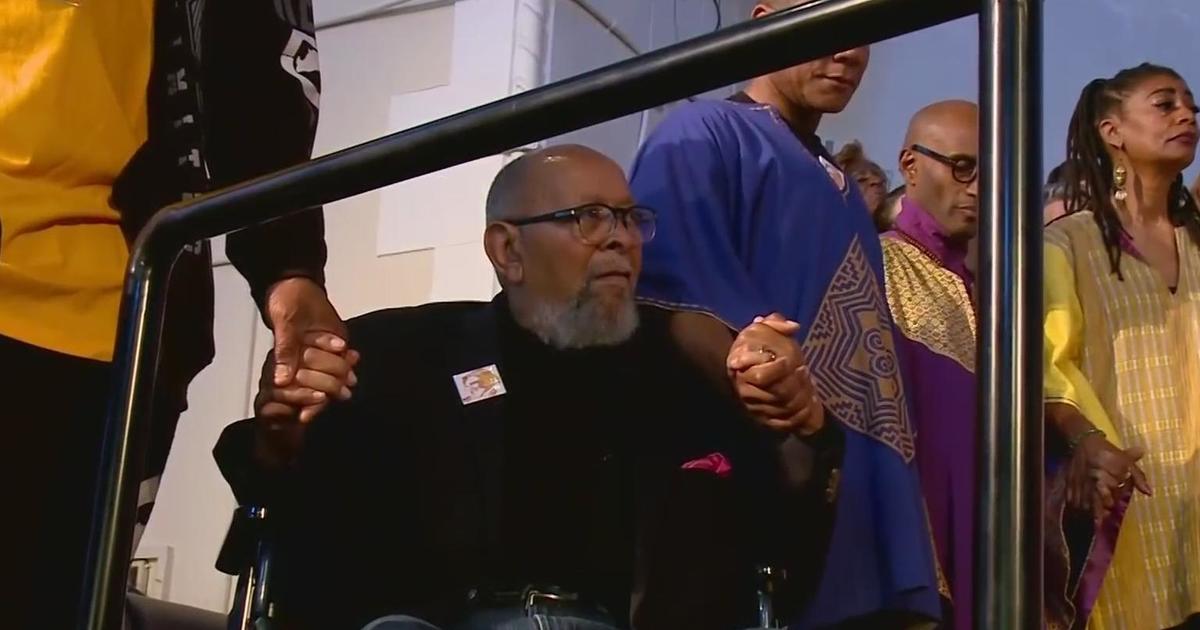Cockpit Culture May Have Played Role In Asiana Crash
SAN FRANCISCO (KPIX 5) - We have more information about the men in the cockpit during Saturday's crash of Asiana flight 214, and many in the aviation industry are asking what role culture played in that cockpit.
The pilot and co-pilot had more than 22,000 flight hours between them. But the man at the controls of flight 214 had just 43 hours in a Boeing 777 and was making his first landing at SFO in that triple 7.
The pilot's experience is only a small piece of the puzzle.
- SFO Plane Crash: Photo Gallery | Video Archive | Latest Updates
"They'll be looking to see if distraction was a factor, if the crew and their leadership, resource management was effectively put in place," said CBS News aviation expert Captain Sully Sullenberger.
Equally as important, if not more important, is the dynamics between those four men in the cockpit, according to American Airlines Captain Steve Roach.
"It's extremely important. You can't have silos in the cockpit where the pilot, first officer, second officer, captain are flying alone in their own little worlds," Roach said.
Quick decisions are so critical. The FAA requires U.S. pilots to train in cockpit resource management. The idea is that open communication promotes safety. In fact, at American and many other U.S. airlines, there's even a "no fault go around policy" where anyone in the cockpit, regardless of rank, can call to abort the landing and try again.
"When another pilot of that flight deck on the crew says go around because they're uncomfortable with the approach, it's mandatory for us to conduct the go around," said Roach.
We don't know if Asiana airlines uses a "no fault go around policy." But author Malcolm Gladwell wrote about culture and hierarchies.
"Planes are flown safely when the pilot and co-pilot are in open and honest communication. And in cultures where it's difficult for a junior person to speak openly to a superior, you have lots of plane crashes."
South Korea has been trying to change its cockpit culture. For years, most pilots came from the airforce, and out of respect, co-pilots could not challenge captains, even when they were wrong. Today, only half the pilots are from the military, but is the culture any different?
"You can't have a situation where the captain does everything on the airplane and no one questions him," said Captain Roach.
U.S. pilots train in cockpit communication because 60% to 80% of all aviation accidents happen due to human error, especially failure of coordination among the cockpit crew. Saturday's crash was Asiana's third deadly accident in 25 years.
(Copyright 2013 by CBS San Francisco. All Rights Reserved. This material may not be published, broadcast, rewritten, or redistributed.)



